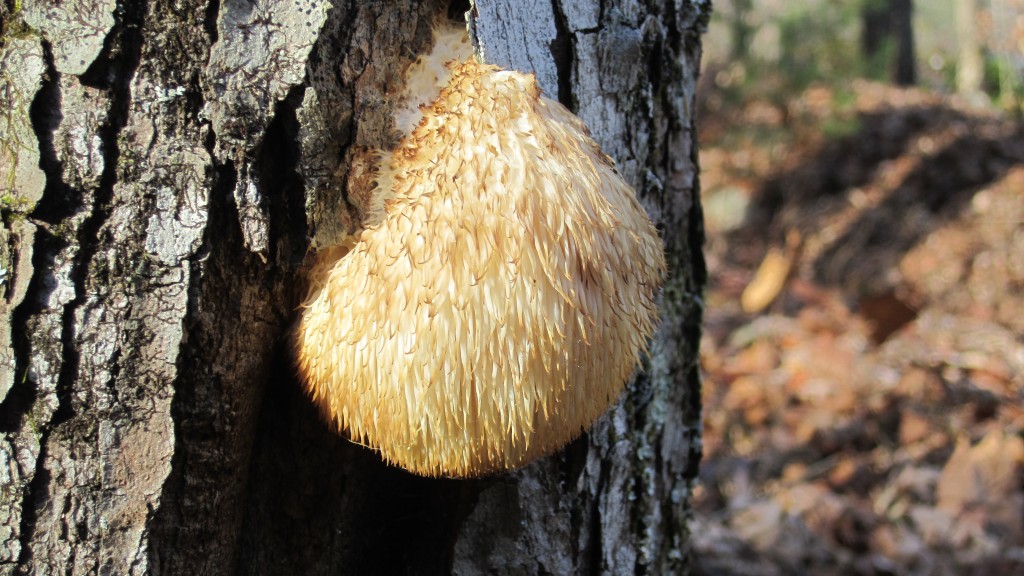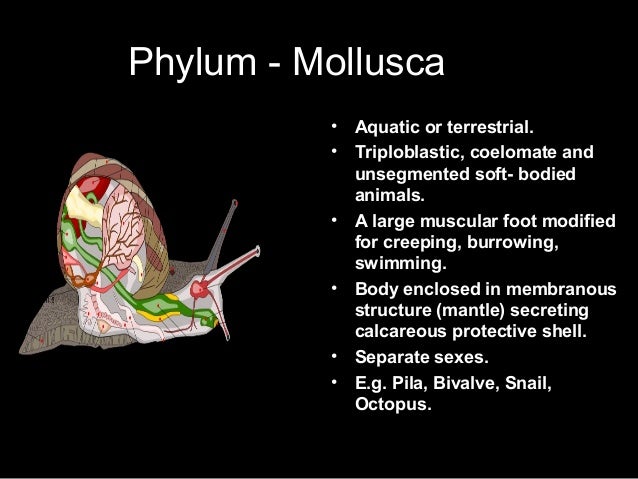Your Monogastric animals images are available in this site. Monogastric animals are a topic that is being searched for and liked by netizens now. You can Find and Download the Monogastric animals files here. Get all free vectors.
If you’re looking for monogastric animals pictures information linked to the monogastric animals topic, you have come to the ideal blog. Our site frequently provides you with suggestions for refferencing the maximum quality video and image content, please kindly hunt and locate more informative video content and images that fit your interests.
Monogastric Animals. Monogastric animals have a limited ability to use free fatty acids, with the triglyceride form being the most effective form of fat in diets. This chapter has been divided to discuss pigs, poultry and horses separately as their digestive tracts, nutrient requirements and • some animals with monogastric digestive systems are pigs and rabbits. Both chemical and mechanical digestion starts at the mouth.
 Herbivorous Animals Examples and Fun Facts From animalwised.com
Herbivorous Animals Examples and Fun Facts From animalwised.com
Therefore, the initial step in lipid digestion is to make them dissolve in water. The digestion begins with the entering of food to the mouth. Methanogens have been isolated from faeces of rat, horse, pig, monkey, baboon, rhinoceros, hippopotamus, giant panda, goose, turkey and chicken. Introduction to the monogastric digestive system lindsey huseman wilson high school 2009 carnivores and omnivores have monogastric digestive systems monogastric systems have a simple stomach structure and only one compartment some animals with monogastric systems include swine and humans rabbits and horses have modified. When formulating diets, the ratio of free fatty acids as a % of the total fat in the finished feed should not be higher than 40%. Whereas monogastric animals (horse, swine, dog, cat) have stomachs physiologically and biochemically similar to that of humans, cattle, sheep, and goats have a unique part of the digestive tract (the rumen) that serves as a fermentation vat for converting cellulose forage into protein precursors.
[adjective] having a stomach with only a single compartment.
The digestion begins with the entering of food to the mouth. Studies of methanogenic bacteria present in monogastric animals are still scarce. All monogastric animals need to be provided with a good source of protein and amino acids from the diet, which is different to the ruminant. Therefore, the initial step in lipid digestion is to make them dissolve in water. When formulating diets, the ratio of free fatty acids as a % of the total fat in the finished feed should not be higher than 40%. Designed for monogastric species, which are typically heavily dependent on fatty acids to enhance performance.
 Source: slideshare.net
Source: slideshare.net
• some animals with monogastric digestive systems are pigs and rabbits. Monogastric animals have a single stomach that secretes enzymes to break down food into smaller particles; Methanogens have been isolated from faeces of rat, horse, pig, monkey, baboon, rhinoceros, hippopotamus, giant panda, goose, turkey and chicken. Monogastric animals digest feeds to nutrients and absorb nutrients in the digestive tract. The future challenge for the feed industry is to produce highly efficacious enzymes that will lead to the utilization of both soluble and insoluble nsps as an energy source for monogastric animals.
 Source: courses.lumenlearning.com
Source: courses.lumenlearning.com
Lipids are not soluble in water, which is the aqueous medium of the digestive tract (lipids are hydrophobic). In the last years the modern western world has been learning what many asians and native americans herbs and botanicals as feed additives in monogastric animals** Changes in animal production systems and feed regulations away from the use of antibiotic growth promoters (agp) have necessitated the identification of strategies to optimize gut health in novel. The predominant methanogen in all except the chicken and turkey is specie. Both chemical and mechanical digestion starts at the mouth.
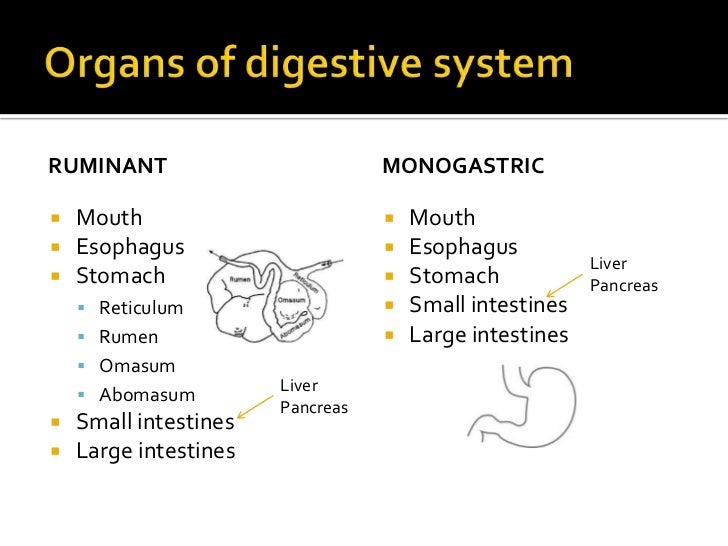 Source: slideshare.net
Source: slideshare.net
This has a subsequent effect on pork eating quality, and a number of feeding strategies have been researched to. Studies of methanogenic bacteria present in. Examples of monogastric omnivores include humans, pigs, and rats. Examples of monogastric herbivores are horses, rabbits, gerbils, and hamsters. Dietary fiber and intestinal health of monogastric animals.
 Source: animalwised.com
Source: animalwised.com
Examples of monogastric herbivores are horses, rabbits, gerbils, and hamsters. The avian digestive system, found in poultry, is completely different from the other three types of digestive systems. Animals that can digest cellulose hello good night. Changes in animal production systems and feed regulations away from the use of antibiotic growth promoters (agp) have necessitated the identification of strategies to optimize gut health in novel. • monogastric systems have a simple stomach structure and only one compartment.
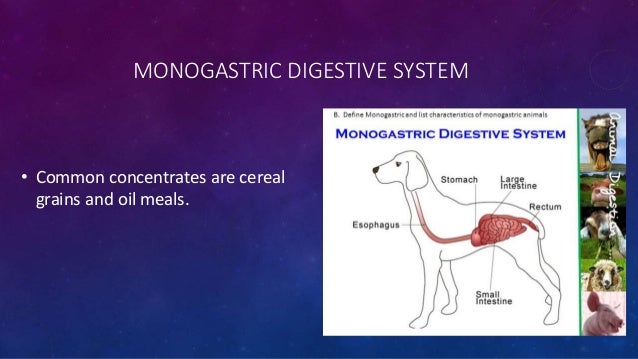 Source: slideshare.net
Source: slideshare.net
Beside the feed enzymes, probiotics (for monogastric animals mainly lactobacilli), prebiotics (oligosaccharides), organic acids, the herbs and botanicals can be used as feed additives. This has a subsequent effect on pork eating quality, and a number of feeding strategies have been researched to. Both chemical and mechanical digestion starts at the mouth. Therefore, the initial step in lipid digestion is to make them dissolve in water. • some animals with monogastric digestive systems are pigs and rabbits.
 Source: slideserve.com
Source: slideserve.com
In monogastric farm animals, dietary aa can be supplied as intact proteins, peptides, or as free aa. Pigs, like humans, are monogastric animals and many of the components of their diets are easily transferred from the feed they ingest to the muscle and fat tissues. The digestion begins with the entering of food to the mouth. Designed for monogastric species, which are typically heavily dependent on fatty acids to enhance performance. Herbivores with a monogastric digestion system (e.g.
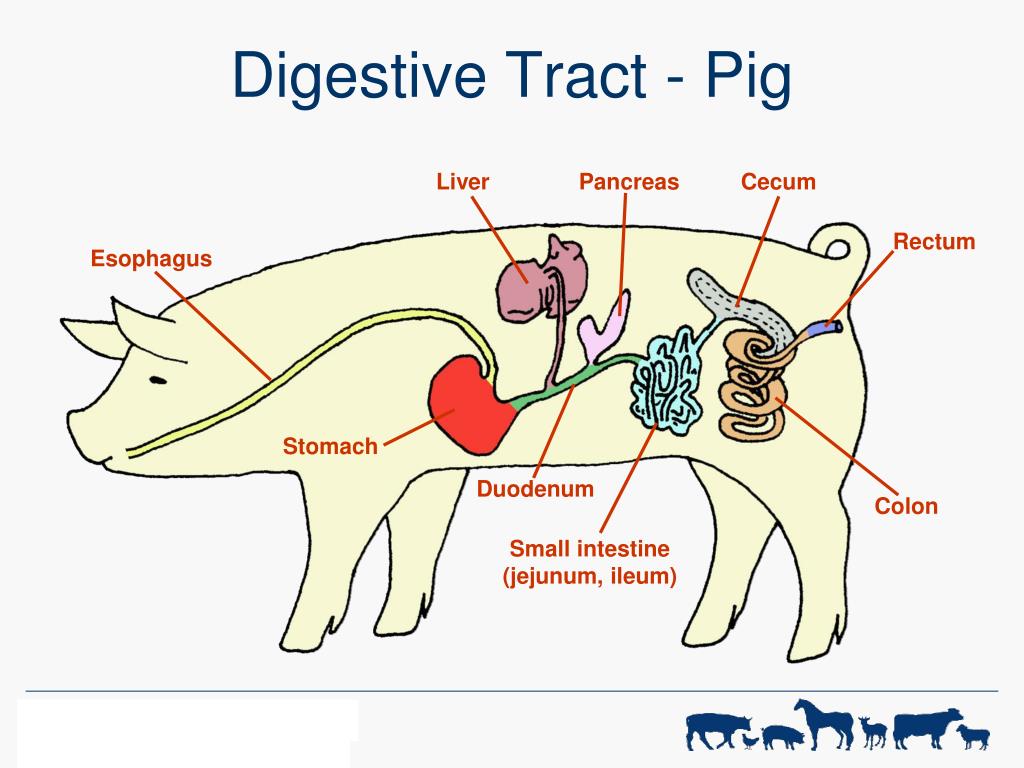 Source: slideserve.com
Source: slideserve.com
Monogastric animals digest feeds to nutrients and absorb nutrients in the digestive tract. Animals that can digest cellulose hello good night. Monogastric animals have a limited ability to use free fatty acids, with the triglyceride form being the most effective form of fat in diets. However, there are many other organisms of. Whereas monogastric animals (horse, swine, dog, cat) have stomachs physiologically and biochemically similar to that of humans, cattle, sheep, and goats have a unique part of the digestive tract (the rumen) that serves as a fermentation vat for converting cellulose forage into protein precursors.
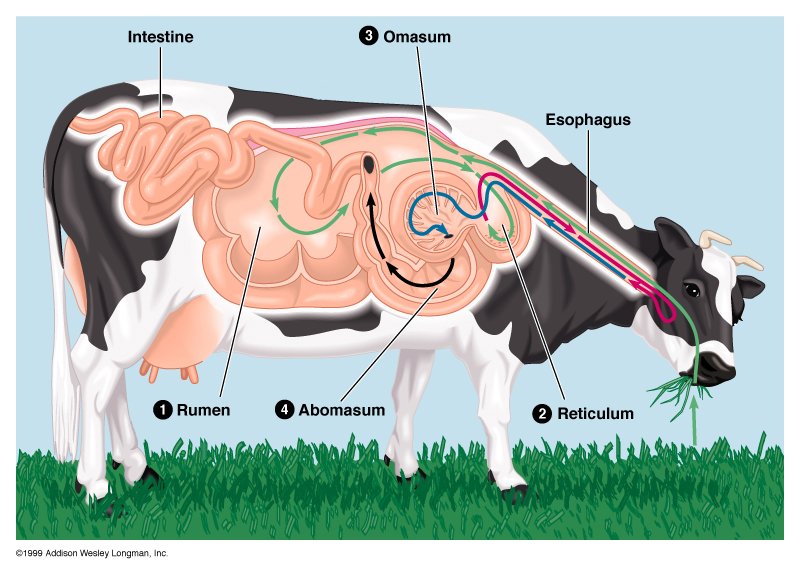 Source: mun.ca
Source: mun.ca
This chapter has been divided to discuss pigs, poultry and horses separately as their digestive tracts, nutrient requirements and Horses and rabbits) are able to. In monogastric farm animals, dietary aa can be supplied as intact proteins, peptides, or as free aa. Examples of monogastric omnivores include humans, pigs, and rats. Examples of monogastric herbivores are horses, rabbits, gerbils, and hamsters.
This site is an open community for users to share their favorite wallpapers on the internet, all images or pictures in this website are for personal wallpaper use only, it is stricly prohibited to use this wallpaper for commercial purposes, if you are the author and find this image is shared without your permission, please kindly raise a DMCA report to Us.
If you find this site convienient, please support us by sharing this posts to your own social media accounts like Facebook, Instagram and so on or you can also bookmark this blog page with the title monogastric animals by using Ctrl + D for devices a laptop with a Windows operating system or Command + D for laptops with an Apple operating system. If you use a smartphone, you can also use the drawer menu of the browser you are using. Whether it’s a Windows, Mac, iOS or Android operating system, you will still be able to bookmark this website.


